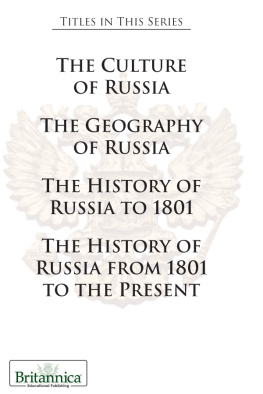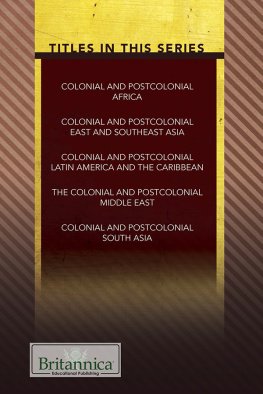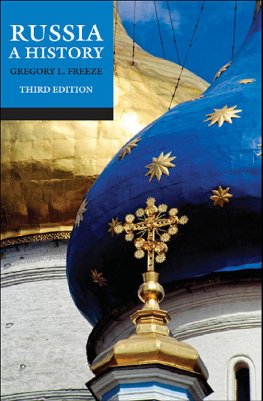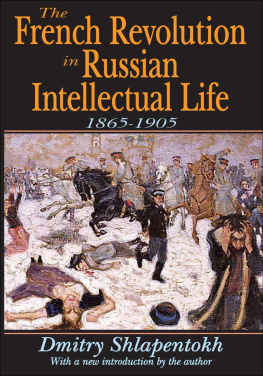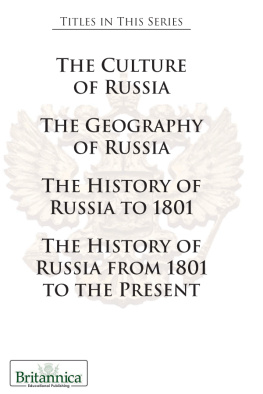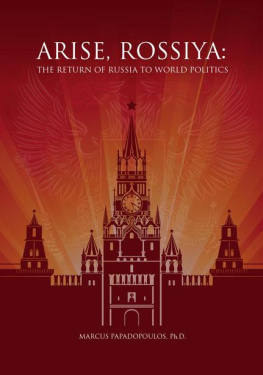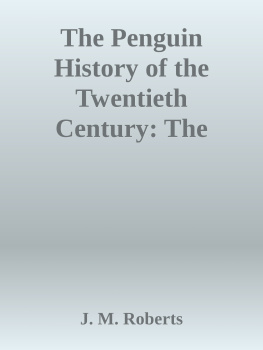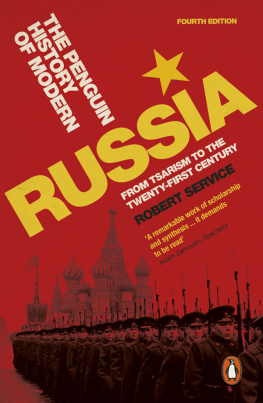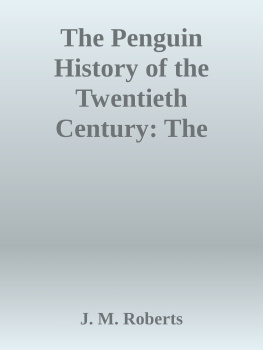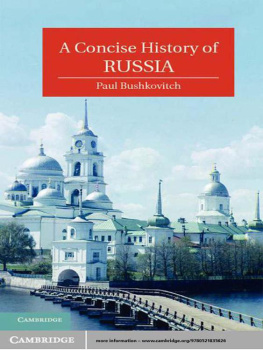

Published in 2019 by Britannica Educational Publishing (a trademark of Encyclopdia Britannica, Inc.) in association with The Rosen Publishing Group, Inc.
29 East 21st Street, New York, NY 10010
Copyright 2019 by Encyclopdia Britannica, Inc. Britannica, Encyclopdia Britannica, and the Thistle logo are registered trademarks of Encyclopdia Britannica, Inc. All rights reserved.
Rosen Publishing materials copyright 2019 The Rosen Publishing Group, Inc. All rights reserved.
Distributed exclusively by Rosen Publishing.
To see additional Britannica Educational Publishing titles, go to rosenpublishing.com.
First Edition
Britannica Educational Publishing
J.E. Luebering: Executive Director, Core Editorial
Andrea R. Field: Managing Editor, Comptons by Britannica
Rosen Publishing
Amelie von Zumbusch: Editor
Nelson S: Art Director
Brian Garvey: Series Designer/Book Layout
Cindy Reiman: Photography Manager
Bruce Donnola: Photo Researcher
Library of Congress Cataloging-in-Publication Data
Names: Beckman, Rosina, editor.
Title: The history of Russia from 1801 to the present / edited by Rosina Beckman.
Description: New York : Britannica Educational Publishing, in Association with Rosen Educational Services, 2019. | Series: Societies and cultures: Russia | Includes bibliographical references and index. | Audience: Grades 712.
Identifiers: LCCN 2017048983| ISBN 9781538303894 (ebook)
Subjects: LCSH: RussiaHistory. | Soviet UnionHistory. | Russia
(Federation)History.
Classification: LCC DK40 .H576 2018 | DDC 947.01dc23 LC record available at https://lccn.loc.gov/2017048983
Manufactured in the United States of America
Photo credits: Cover, p. 3 ID1974/Shutterstock.com; cover and interior pages (flag) fckncg/Shutterstock.com; cover and interior pages (emblem) N-sky/iStock/Thinkstock; p. 9 Keystone/Hulton Archive/Getty Images; p. 12 Heritage Images/Hulton Fine Art Collection/Getty Images; p. 15 Print Collector/Hulton Archive/Getty Images; p. 22 Library of Congress, Washington, D.C., digital file number ppmsc 01514; p. 24 Culture Club/Hulton Archive/Getty Images; pp. 28-29 DEA/A. Dagli Orti/De Agostini/Getty Images; pp. 32, 43 Heritage Images/Hulton Archive/Getty Images; p. 36 Universal Images Group/Getty Images; pp. 47, 76 Bettmann/Getty Images; p. 51 Encyclopaedia Britannica, Inc.; p. 53 ullstein bild/Getty Images; p. 57 Hulton Archive/Getty Images; p. 58 Photo Harlingue/H. Roger-Viollet; p. 63 Universal History Archive/Universal Images Group/Getty Images; pp. 67, 73 Photos.com/Thinkstock; p. 69 Library of Congress, Washington, D.C.; p. 80 AFP/Getty Images; p. 84 Diana Walker/The LIFE Images Collection/Getty Images; p. 89 mark reinstein/Shutterstock.com; pp. 94-95, 99 Alexander Nemenov/AFP/Getty Images; pp. 102, 111 Sean Gallup/Getty Images; p. 105 Tatyana Makeyeva/AFP/Getty Images; p. 107 Vladimir Rodionov/AFP/Getty Images; p. 113 Anadolu Agency/Getty Images.
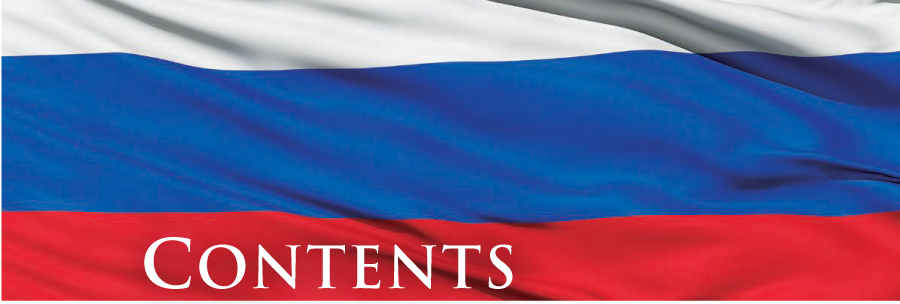
D uring the 19th century, Russian tsars alternated between sometimes successful attempts at reform and returns to suppression, with Alexander I (ruled 18011825) and Alexander II (ruled 18551881) in the reformist camp and Nicholas I (ruled 18251855) and Alexander III (ruled 18811894) having a more autocratic outlook. Nicholas II, son of Alexander III, came to power in 1894. Weak-willed and indecisive, he was unsuited for the task of ruling a vast empire.
In 1914 Russia entered World War I. After three years of terrible losses, the Russian people rebelled against the tsar in March 1917. Nicholas II stepped down, and the country set up a temporary government. Nicholas and his family were later executed.
In November 1917 a faction of the revolutionaries called the Bolsheviks seized control of Russia. Led by Vladimir Lenin, the Bolsheviks set up a Communist government. The new government took Russia out of World War I.
Between 1918 and 1920 the Red Army successfully defended the new government against anticommunist forces in a civil war. The communist government officially established the Union of Soviet Socialist Republics on Dec. 30, 1922. The Russian Soviet Federated Socialist Republic dominated the Soviet Union for its entire 74-year history. It was by far the largest of the republics, and Moscow, its capital, was also the capital of the Soviet Union.
Following years of economic decline and political turmoil, the Soviet Union was dissolved in 1991. Boris Yeltsin, leader of the former Russian republic, became president of the independent Russian Federation. Russia entered the post-Soviet era on the verge of economic collapse. Yeltsins government began transforming the government-run Soviet economy into one based on private enterprise. However, privatization mainly benefited a handful of individuals whose political connections enabled them to buy companies for much less than they were worth. These oligarchs came to control huge segments of the Russian economy.

The Russian Revolution of 1917 took place in two stages. The February Revolution overthrew the imperial government, while the October Revolution placed the Bolsheviks in power. This protest in Petrograd (now St. Petersburg) happened during the second stage.
Vladimir Putin, Yeltsins final prime minister, followed him as president. He declared his priorities to be reestablishing a strong state, restoring law and order, and relaunching economic reform. When the constitution prevented Putin from running for another term, Dmitry Medvedev, was elected president in 2008. In 2012, Putin was elected to a third term as president of Russia. His first months in office were marked by attempts to quash or marginalize protest movements against the government that had materialized in the past few years. Putin also took an active role in the events in neighboring Ukraine, resulting in Russias annexation of Crimea in 2014.
W hen Alexander I came to the throne in March 1801, Russia was in a state of hostility with most of Europe, though its armies were not actually fighting. Its only ally was its traditional enemy, Turkey. The new emperor made peace with both France and Britain and restored normal relations with Austria. However his interest in internal reforms was frustrated by the reopening of war with Napoleon in 1805. Defeated at Austerlitz in December 1805, the Russian armies fought Napoleon in Poland in 1806 and 1807. Five years of peace followed the Treaty of Tilsit (1807), ended by Napoleons invasion of Russia in 1812. After two years of heavy fighting, Russia won, emerging as Europes greatest land power.
The mood was one of intense national pride: Orthodox Russia had defeated Napoleon, and therefore it was not only foolish but also impious to copy foreign models. Educated young Russians, however, felt otherwise. Masonic lodges and secret societies flourished in the early 1820s. From their deliberations emerged a conspiracy to overthrow the government. The conspirators, known as the Decembrists because they tried to act in December 1825 when the news of Alexander Is death became known and there was uncertainty about his successor, were defeated.

